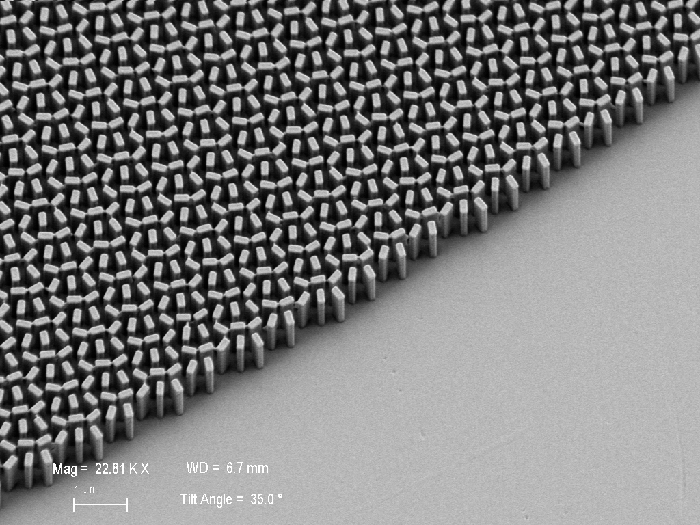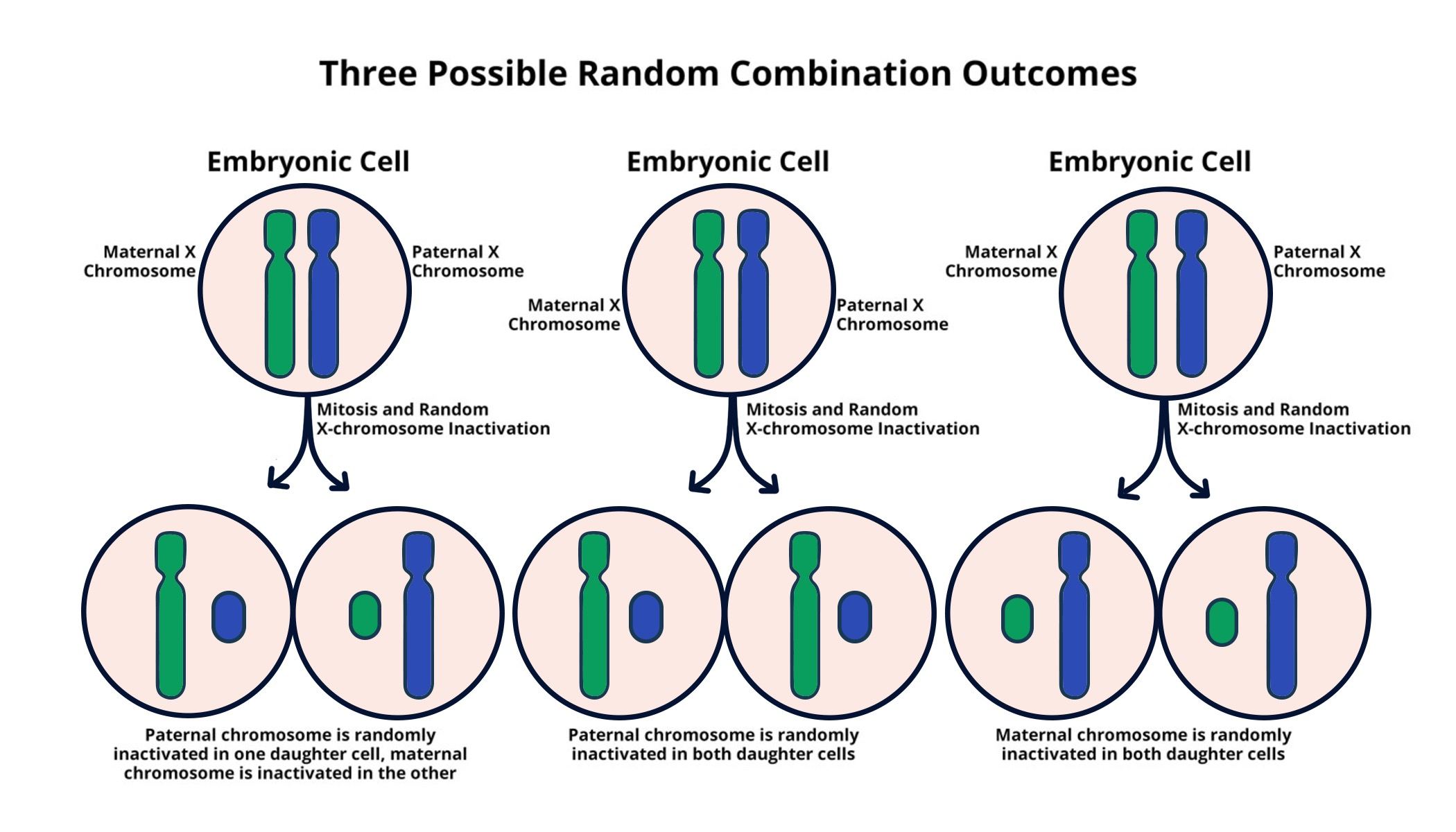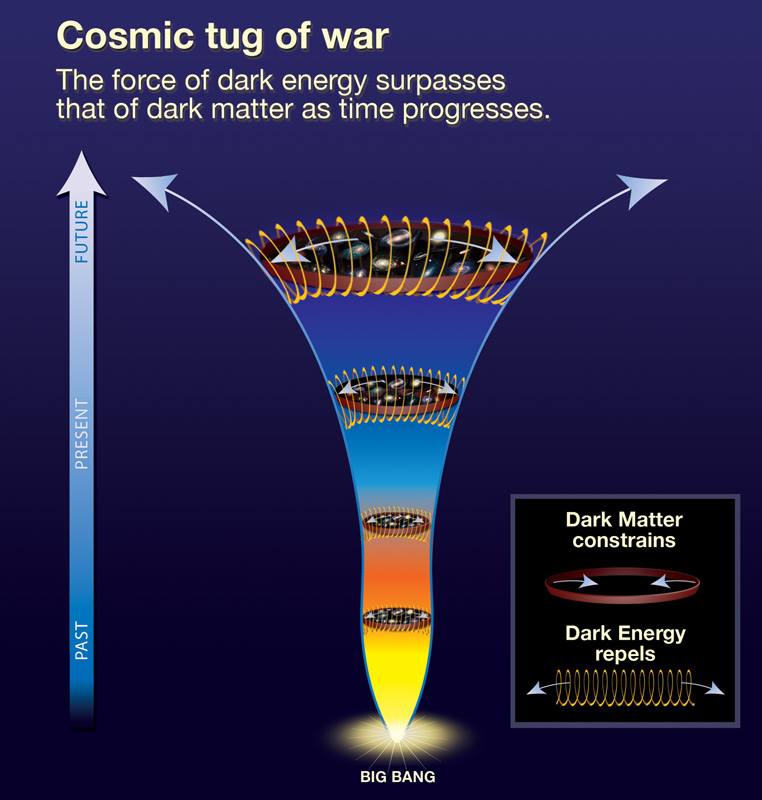Metalens technology is revolutionizing the way we think about optics, bringing sophisticated micro lens designs into everyday consumer electronics. Developed in the renowned Capasso lab at Harvard, this innovative approach utilizes optical metasurfaces—thin wafers embedded with tiny pillars—to bend light more effectively than traditional lenses. Thanks to Rob Devlin and his team at Metalenz, millions of these efficient mini-lenses are now produced, offering unparalleled performance in devices ranging from smartphones to advanced AR systems. By integrating polarization technology, metalenses not only enhance image quality but also enable new functionalities that were previously thought impossible. The rapid commercialization of this cutting-edge technology marks a significant milestone in the evolution of optical engineering, setting the stage for future advancements in how we capture and manipulate light.
The emergence of advanced lens systems, such as metal lens technology, signals a transformative shift in the field of optics. Often referred to as optical metasurfaces, these novel lens designs are crafted from an array of micro structures that manipulate light with remarkable precision. Rob Devlin, a key figure in this innovation, leads a startup that is making waves in the consumer electronics market by producing these groundbreaking devices. By leveraging concepts of polarization and miniaturization, these micro lenses are set to redefine functionality and efficiency in various applications, ranging from mobile devices to sophisticated imaging systems. This leap in lens technology showcases the incredible potential of research and development within academic institutions, transforming theoretical concepts into practical solutions.
The Evolution of Metalens Technology
Metalens technology represents a significant advancement in optics, revolutionizing how light can be manipulated and utilized across a variety of applications. Developed initially in the lab of Federico Capasso at Harvard, the technology leverages optical metasurfaces, which are composed of intricate nanoscale structures that can control light with unprecedented precision. These mini-lenses are much thinner than traditional glass lenses and can be produced at scale, thus opening up new opportunities for integration into consumer electronics and other devices.
The research journey leading to the first metalens prototype was pivotal, initiated in 2007 and culminating in the successful creation of Metalenz in 2016. Rob Devlin, who played a crucial role in this transition, emphasized the importance of combining theoretical physics with practical engineering to develop a product that not only functions effectively but can also be manufactured efficiently. This synergy between academia and industry illustrates the potential of university startups to drive innovation and disrupt established markets.
Consumer Electronics and the Impact of Metalens
Consumer electronics have greatly benefited from the integration of metalens technology, as it allows for more compact and efficient devices without sacrificing performance. Companies like Apple and Samsung have already adopted these innovations, providing their consumers with enhanced features in their smartphones and tablets. By replacing traditional lenses with metasurfaces, manufacturers can save space, reduce weight, and lower production costs, all while improving the overall functionality of their devices.
The implications of metalens technology extend far beyond simple lens applications; it allows for advancements in augmented reality, facial recognition, and 3D mapping. These functionalities are critical in an increasingly digital world, where users demand more from their devices. Rob Devlin’s leadership at Metalenz ensures that the company remains at the cutting edge of these technologies, pushing for continuous improvements in their products and setting new standards in the consumer electronics field.
Polarization Technology: A Game Changer for Security
Polarization technology is another exciting aspect that has emerged from the development of metalens. This technology enhances security features in devices, particularly smartphones, by utilizing the unique polarization signature of users. Traditional methods for polarization detection are bulky and expensive, making them impractical for widespread use. However, the compact and affordable polarization metasurfaces created by Metalenz open up possibilities for integrating these advanced security features into various consumer products.
The potential applications for polarization technology are vast, ranging from advanced security measures in mobile devices to medical diagnostics. For instance, the ability to differentiate between healthy and cancerous tissue based on polarization signatures could revolutionize early detection methods. This innovative approach not only highlights the versatility of metalens technology but also underscores the importance of ongoing research and development in this field.
Rob Devlin: Visionary Leader of Metalenz
As the CEO of Metalenz, Rob Devlin plays a pivotal role in steering the company towards new frontiers in optical technology. His background in materials science and nanofabrication has positioned him uniquely to lead a startup that is fundamentally reshaping the optics industry. Devlin’s commitment to integrating university-level research with practical applications illustrates the valuable connection between academic advancements and commercial innovation.
Under his leadership, Metalenz has focused on refining existing products and developing new applications that leverage the unique capabilities of their metasurfaces. Devlin’s approach emphasizes collaboration, not just within his team but also with ongoing research conducted in Capasso’s lab, ensuring a continuous pipeline of innovation. This commitment to improvement is vital in a competitive marketplace where other organizations are eager to capitalize on advancements in technology.
Challenges in the Optical Industry
The optical industry has long been dominated by traditional methods of lens crafting such as glass and plastic molding. However, the emergence of metalens technology poses significant challenges to these established practices. For companies accustomed to creating lenses through conventional means, transitioning to mass-produced optical metasurfaces requires a fundamental shift in manufacturing processes and mindset.
Rob Devlin acknowledges these challenges but remains optimistic about the advantages that metalens offer. The ability to integrate these advanced optical systems into smaller devices, potentially transforming the design and functionality of various applications, is a game-changer. As Metalenz continues to innovate, the traditional lens manufacturing sector must adapt to the new realities shaped by advances in micro-lens technology.
The Future of Optical Metasurfaces
The future of optical metasurfaces looks promising as researchers and engineers continue to explore new applications and functionalities that these technologies can provide. With the foundation laid by early pioneers like Rob Devlin and Federico Capasso, the field of optics is entering a new era where flexibility and innovation are paramount. This will likely lead to unexpected uses of metalens technology beyond current consumer electronics, pushing the boundaries of what is achievable.
As the demand for compact and efficient optical solutions grows, so too will the role of optical metasurfaces in medicine, telecommunications, and augmented reality. The ongoing exploration of their capabilities presents exciting opportunities for industries seeking to enhance user experiences and implementation of advanced technologies in everyday life. Companies like Metalenz are at the forefront of this wave of innovation, with the potential to redefine how we interact with technology.
Impact of Academic Research on Industry
The transition from academic research to industry application is a critical pathway that has yielded substantial advancements in technology. As highlighted by the journey of Metalenz, the collaboration between Harvard researchers and industry leaders exemplifies how university-led innovation can lead to new industrial sectors. This process not only cultivates groundbreaking research but also builds a commercial landscape that thrives on cutting-edge advancements.
The success of startups like Metalenz showcases how essential it is for academic institutions to foster environments that enable researchers to translate their discoveries into commercially viable products. This ecosystem not only contributes to economic growth but also enhances the global technological landscape, as companies integrate innovative solutions like metalens technology into their offerings, setting the stage for future advancements.
Sustainability and Efficiency in Optical Production
Sustainability is becoming increasingly important in all areas of manufacturing, including optical production. The rapid scalability of metalens technology allows for more efficient use of materials and energy compared to traditional lens production methods. Rob Devlin’s Metalenz reinforces this commitment to sustainability by leveraging semiconductor manufacturing processes that minimize waste while maximizing output.
By focusing on producing metalenses that are not only high performing but also environmentally friendly, Metalenz sets an example for other companies in the optical industry. This emphasis on sustainability resonates with consumers, who are more aware of the environmental impact of their purchases and increasingly prefer products that align with their values. As metalens technology continues to advance, it will likely play a key role in establishing more sustainable practices within the sector.
Metasurfaces and the Advancement of Augmented Reality
Augmented reality (AR) is an area poised for significant transformation through the use of metasurfaces. As devices that facilitate AR experiences become more prevalent, the need for compact, efficient lightweight lenses increases. The unique properties of metalenses allow for sophisticated optical functionalities that can enhance AR visual experiences while maintaining device portability. Rob Devlin’s insights into this area suggest that the industry is on the verge of unlocking new levels of interaction and immersion.
With the integration of metasurfaces in AR applications, users can expect enhanced field of view, improved depth perception, and real-time interactions seamlessly integrated into their digital experiences. The continuous evolution of application-specific metasurfaces holds promise not only for consumer electronics but also for gaming, education, and remote collaboration, making AR more accessible and functional in everyday life.
Frequently Asked Questions
What is metalens technology and how does it work?
Metalens technology refers to innovative optical metasurfaces that utilize tiny structures to focus light, similar to traditional lenses but in a much smaller and more efficient form. These micro lenses manipulate light at the nanometer scale, enabling improved optical performance and features in consumer electronics.
How are micro lenses different from traditional lenses?
Micro lenses, or metalenses, are fundamentally different from traditional lenses because they are built from optical metasurfaces that consist of tiny pillars instead of bulk glass or plastic. This design allows for thinner, lighter, and potentially cheaper lenses, significantly enhancing their application in consumer electronics.
Who is Rob Devlin and what is his role in metalens technology?
Rob Devlin is the co-founder and CEO of Metalenz, a startup commercializing metalens technology developed in the Capasso lab at Harvard University. He played a pivotal role in refining the design and manufacturing process of micro lenses, helping to transition this technology from research to mass production for consumer electronics.
What are the applications of optical metasurfaces in consumer electronics?
Optical metasurfaces, including metalenses, have diverse applications in consumer electronics such as enhancing camera systems for smartphones, enabling features like 3D sensing and facial recognition, and improving augmented reality experiences. They enable smaller form factors and greater functionality in devices.
How does Metalenz contribute to advancements in polarization technology?
Metalenz is pioneering polarization technology through its Polar ID system, which utilizes metalens features to enhance security in smartphones by leveraging unique polarization signatures. This innovation allows for more compact and cost-effective polarization cameras, expanding their use in consumer devices.
What challenges does metalens technology aim to solve in optical design?
Metalens technology addresses several challenges in optical design, including reducing the size and cost of lenses while maintaining or improving performance. Traditional lenses can create design bottlenecks in compact devices, and metalenses enable more integrated and efficient optical systems in consumer electronics.
What is the significance of metalenses in the future of optical devices?
The significance of metalenses in the future of optical devices lies in their potential to revolutionize lens manufacture by providing ultra-thin, lightweight, and multifunctional optics. This can lead to advances in numerous fields, including consumer electronics, medical imaging, and environmental monitoring, offering new functionalities and improved performance.
How has Metalenz managed to scale its production of metalenses?
Metalenz has successfully scaled the production of metalenses by collaborating with large semiconductor foundries, allowing them to leverage existing manufacturing capacities. This approach enables them to produce millions of metasurfaces efficiently, meeting the demand from the consumer electronics market.
What impact has metalens technology had on the smartphone industry?
Metalens technology has significantly impacted the smartphone industry by allowing manufacturers to include advanced features like 3D sensing and improved camera systems in slimmer designs. The integration of these micro lenses enhances device capabilities while reducing the overall footprint of optical components.
| Key Point | Details |
|---|---|
| Introduction to Metalens Technology | Developed at Harvard, metalens technology uses tiny pillars on a wafer to focus light, providing a smaller, cheaper lens alternative. |
| Mass Production | Metalenz has produced over 100 million units, integrated into devices like iPads and Samsung Galaxy smartphones. |
| Disruption of Traditional Optics | Challenges the conventional lens manufacturing process with a focus on compactness and efficiency. |
| Technological Applications | Used in 3D sensing for applications like facial recognition, augmented reality, and room mapping. |
| Future Developments | Upcoming innovations like Polar ID aim to enhance smartphone security and reduce device size. |
| Competitive Landscape | While Metalenz has an early advantage, competition is increasing in the metasurface technology space. |
Summary
Metalens technology represents a groundbreaking advancement in optics, originating from innovative research at Harvard University. This technology’s unique ability to manipulate light using metasurfaces has not only streamlined lens production but also lowered costs significantly, making it accessible for mass-market consumer electronics. As companies like Metalenz continue to refine this technology and develop new applications, such as their upcoming Polar ID system, the potential for growth and impact on industries that rely on imaging and sensing is substantial.




